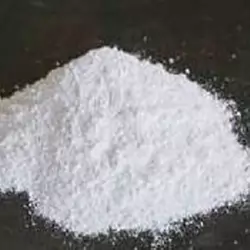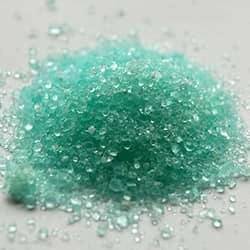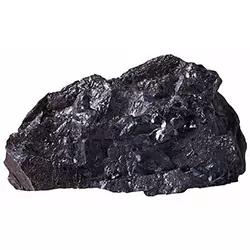Soda Ash Dense - India
|
IUPAC Name |
: Sodium Carbonate |
|
Cas Number |
: 497-19-8 |
|
HS Code |
: 2836.20.00 |
|
Formula |
: Na2CO3 |
Basic Info
|
Appearance Name |
: White Granules |
|
Common Names |
: Soda ash, dense, Sodium carbonate, Sodium carbonate, anhydrous, Washing soda |
|
Packaging |
: 50 kg PP/PE Bag |





---china.webp)
